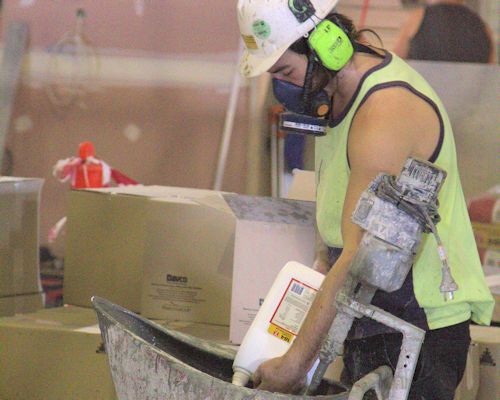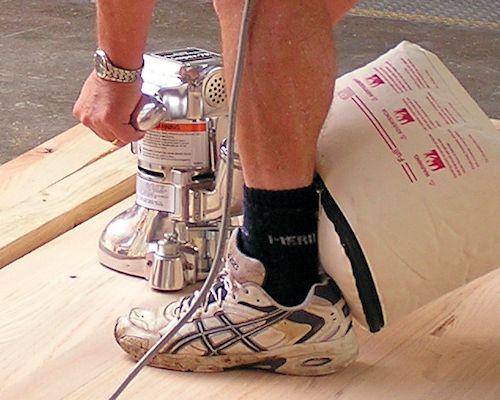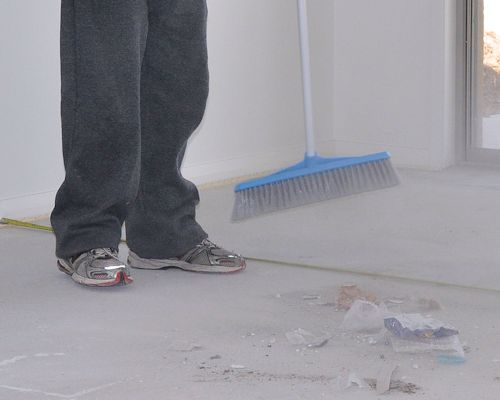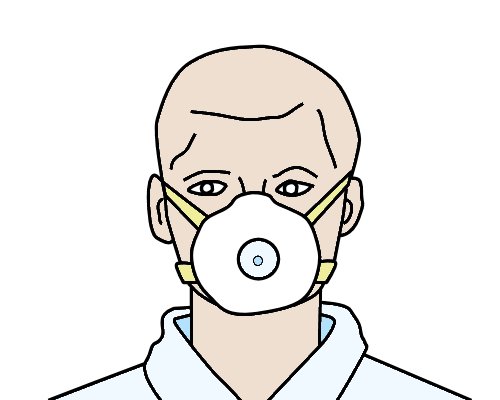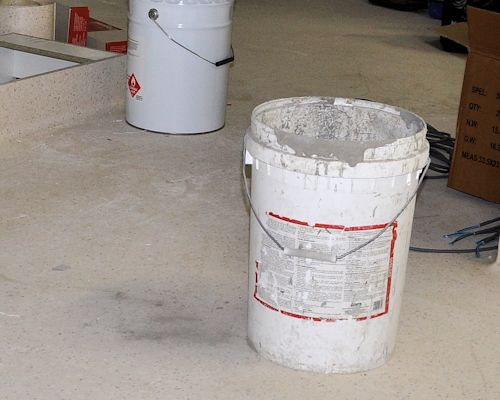Health and safety
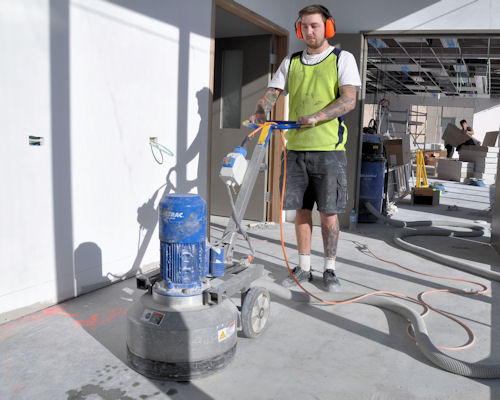 Audio for slide 2 (mp3 |6|KB)
Audio for slide 2 (mp3 |6|KB)
Manual handling
Grinding and sanding subfloors can be hard work. Walk-behind machines are large and heavy, and often awkward to get on and off a vehicle.
If you don't have any mechanical lifting aids, you'll probably need an offsider to help you get the machine from your workshop to the jobsite and into position.

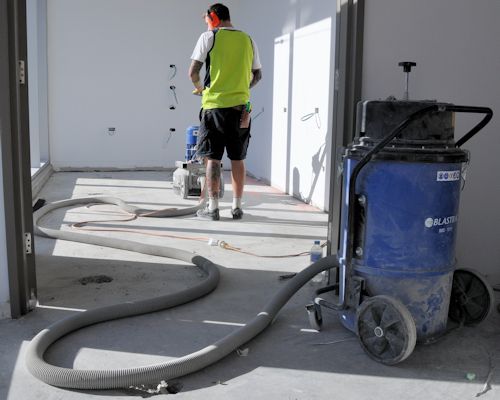 Audio for slide 4 (mp3 |6|KB)
Audio for slide 4 (mp3 |6|KB)
For general information on good manual handling practices and personal protective equipment, see: Safety at work.

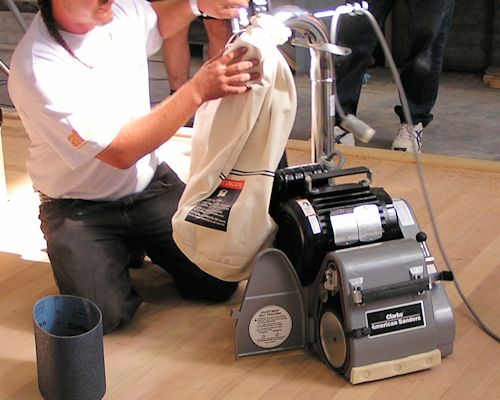 Audio for slide 6 (mp3 |6|KB)
Audio for slide 6 (mp3 |6|KB)
Hand-held sanders and grinders should have dust bags fitted.
Walk-behind machines generally have vacuum ports that allow you to connect an external industrial vacuum cleaner, or alternatively have fitted bags.

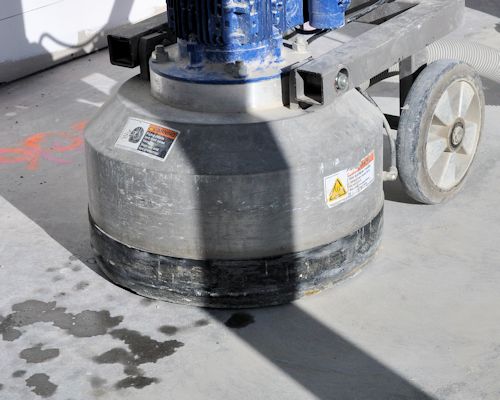 Audio for slide 7 (mp3 |6|KB)
Audio for slide 7 (mp3 |6|KB)
Walk-behind grinders and scarifiers often have hose attachments that allow water to be sprayed directly onto the concrete while it's being worked.
If you don't have a mist sprayer, you can sprinkle wet sand on the floor before you start grinding.

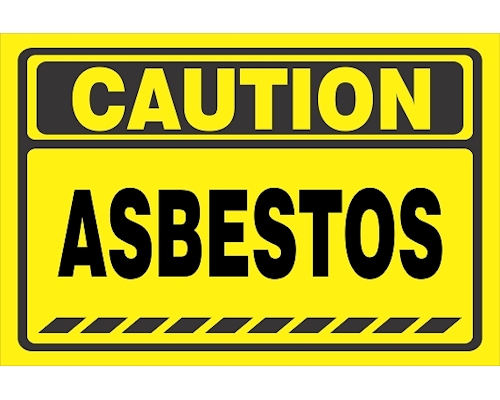 Audio for slide 10 (mp3 |6|KB)
Audio for slide 10 (mp3 |6|KB)
In these instances, you need to notify the person in charge of the site and talk about how to handle it.
There are laws in place that control the removal and disposal of old asbestos-based building products.
For more information on dealing with asbestos, see the Code of Practice produced by Safe Work Australia called: 'How to safely remove asbestos'.

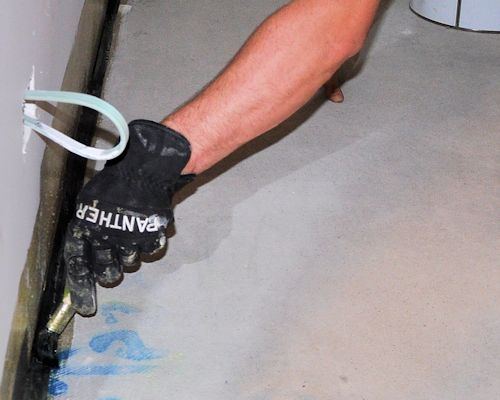 Audio for slide 11 (mp3 |6|KB)
Audio for slide 11 (mp3 |6|KB)
Fumes
Some products give off fumes, especially if they're based on acids, solvents or epoxy resins.
These fumes can cause long-term health problems if you regularly breathe them in.
Sometimes they can make you feel very sick in a matter of minutes if you're working in an area with poor ventilation.
Signs of being affected include light headedness and breaking out in a cold sweat.

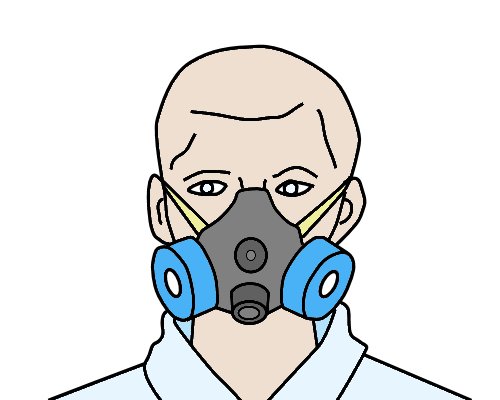 Audio for slide 13 (mp3 |6|KB)
Audio for slide 13 (mp3 |6|KB)
It's also a good idea to take regular breaks, say every 10 to 15 minutes, and go outside to get some fresh air. The Material Safety Data Sheet (MSDS) for the product will have full details on how to use and store the product safely, and there will be a section on what personal protective equipment you should wear.
Some products come with an MSDS in the box or packaging.
Your company should also have MSDSs for all hazardous products on file.

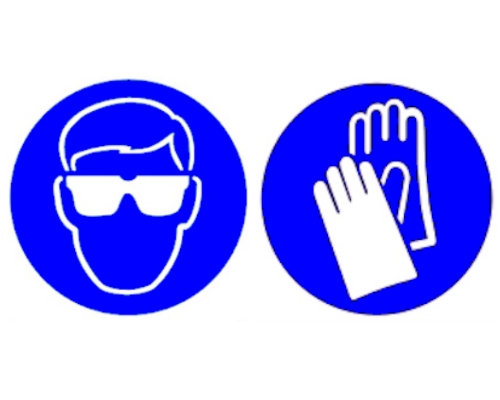 Audio for slide 14 (mp3 |6|KB)
Audio for slide 14 (mp3 |6|KB)
Skin contact
There are lots of products that come with the warning: 'Avoid contact with skin and eyes'.
These include products that contain cement powder, acid, solvents and epoxy resin.
Some of them may burn your skin or cause dermatitis; others have toxic chemicals that can be absorbed through your skin.
In these cases, you should wear gloves while you're mixing and using the products.
You may also need to wear safety glasses if there is a chance that the product might splash into your eyes.


Learning activity
Audio 15 (mp3 |6|KB)Choose a coating or underlayment product that requires the use of personal protective equipment (PPE) when you're mixing or applying it.
Get a copy of the MSDS for the product and answer the following questions:
- What is the brand name of the product?
- What type of product is it (i.e. what is it used for)?
- What items of PPE are required, and when do you need to wear them?
- What other precautions should you take while you're preparing, mixing or applying this product?
- How should you dispose of the leftovers once the job is finished?

 Go to Assignment
Go to Assignment